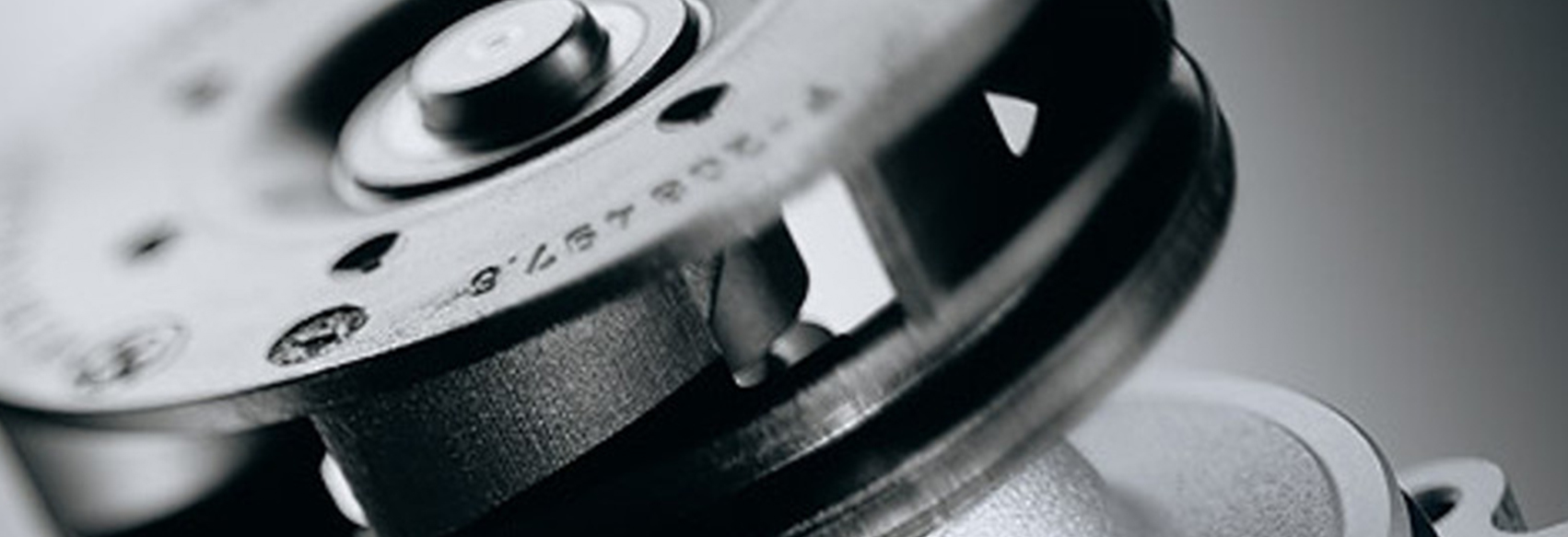What should be noted when adapting the zero point positioning system to machine tools?
Overview of precautions for zero point positioning system adaptation to machine tools
When adapting the zero point positioning system to machine tools, special attention should be paid to installation accuracy, gas source configuration, cleaning and maintenance, and safe operation to ensure long-term stable operation of the system. The following is a document overview of key precautions:
Installation foundation accuracy
Flatness of substrate: The flatness error of the installed substrate should be controlled within ± 0.01mm, and a dial gauge should be used to calibrate the levelness of the workbench.
Pre tightening force of bolts: The tightening torque of bolts should be uniform, for example, the torque of M8 bolts should be 25Nm to avoid positioning deviation caused by tilting.
Positioning hole calibration: When installing the base board, it is necessary to calibrate the reference edge to ensure the uniformity of the locator height.
Gas source configuration and stability
Pressure range: The driving pressure should be stable at 0.6-1.2MPa. It is recommended to equip filters and pressure regulating valves to prevent fluctuations.
Air connection: The air inlet is used to unlock the locator, and during processing, it needs to be mechanically locked without continuous air supply.
Automatic chip removal function: The system comes with a compressed air injection function, which can remove iron chips and impurities. During maintenance, air tightness needs to be checked.
Cleaning and impurity prevention measures
Contact surface cleaning: Before each clamping, compressed air should be used to clean the locator, rivets, and mating surfaces to prevent oil stains or iron filings from affecting accuracy.
Protective plug usage: Positioners that are not currently in use should be plugged with protective plugs to prevent impurities from entering.
Regular blowing: After processing, use airflow to blow out chips and coolant from the bottom center.
Load and safety control
Avoid overload: The processing load should be lower than the rated clamping force (such as the clamping force of LQNC-5 model is 5KN), and overload may cause the pull pin to be pulled out.
Safety equipment: It is recommended to add detection units, tension sensors, or isolation protection devices to monitor the clamping status in real time.
Operating standards: Overloading is prohibited, and the clamping force should be regularly verified (such as using a tensile tester every month).

- What should be noted when adapting the zero point positioning system to machine tools?
- What should be noted when adapting the zero point positioning system to machine tools?
- How to adapt the zero point positioning system to different workpieces?
- Are All No-Leakage Couplings Created Equal? Understanding the Differences in Seal Technology.
-
What should be noted when adapting the zero point positioning system to machine tools?Overview of precautions for zero point positioning system adaptation to machine toolsWhen adapting the zero point positioning system to machine tools, special attention should be paid to installation ...Read More
-
What should be noted when adapting the zero point positioning system to machine tools?When adapting the zero point positioning system to machine tools, special attention should be paid to installation accuracy, gas source stability, cleaning and maintenance, and safe operation to ensur...Read More
-
How to adapt the zero point positioning system to different workpieces?The zero point positioning system is mainly adapted to different workpieces through the following methods:Flexible connection design:Positioning pins (rivets) offer multiple specifications and can be ...Read More
-
Are All No-Leakage Couplings Created Equal? Understanding the Differences in Seal Technology.In the intricate networks of fluid and pneumatic systems that power modern industry, from manufacturing and chemical processing to food and beverage production, the integrity of every connection is pa...Read More
-
Manual Clamping vs. Power Clamping: Which Octagonal Taper System is Right for Your Shop’s Workflow?Introduction: The Foundation of Modern Workholding In the relentless pursuit of manufacturing efficiency, reducing non-cut time is as critical as optimizing machining cycles. At the heart of this ende...Read More
-
Beyond Zeroing: What Other Uses Does a Table Mounted Locator Have?In the realm of precision machining and woodworking, efficiency and accuracy are the cornerstones of productivity. Among the myriad of tools designed to achieve these goals, the table mounted zero loc...Read More

 English
English русский
русский Español
Español 简体中文
简体中文